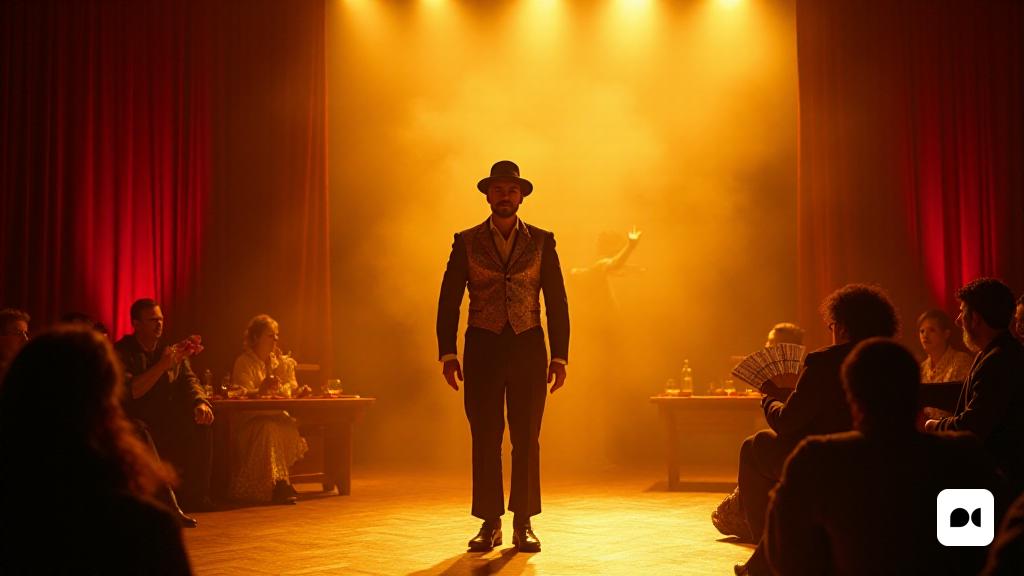Tradition as a source of inspiration
The influence of cultural roots is undeniable in the world of the arts. In flamenco, artists explore their traditions to connect with the human experiences of all times. Two names shining in this scenario are Juan Carlos Lérida and María del Mar Suárez, known as ‘La Chachi’. Its recent performance at the Flower Market was a masterful example of how flamenco can be reinvented through humor and innovation.
A dual experience: Lérida and the Chachi
The cycle called ‘root radical’ offered a fascinating fusion between flamenco and other forms of artistic expression. Lérida, with his show entitled ‘Cher’, challenged the conventions with a mixture of parody and tribute to the pop icon. His performance was not only a reminder of Cher’s influence, but also a reflection on distortion, both in music and in life.
Distortion as a metaphor
In his show, Lérida played with the idea of the distortion of the voice, an element that was key in Cher’s success with his hit ‘Believe’. The autotune technique, which was born with a different intention, becomes an artistic creation tool. Lérida, with his interpretation, explored how the experiences of life, including aging and physical limitations, can influence our expression.
María del Mar Suárez: The essence of contemporary flamenco
In contrast to Lérida, Chachi presented an intimate and minimalist show. His work with the Alegrías captivated the audience, which he responded enthusiastically. Its ability to merge dance with vocal expression resulted in a show that transcended the barriers between traditional flamenco and new forms of art.
Humor and connection
His performance was a testament to the importance of the connection between performers. The chemistry between Chachi and singer Lola Dolores raised the experience, creating a space where dance and singing were complemented perfectly. Humor was an essential ingredient, present in each gesture and each note.
A shared experience
With moments like a picnic on stage, where the artists shared skewers with the audience, the Chachi show promoted a sense of community and joy. This interaction led to the attendance part of a collective celebration, exceeding the expectations of a conventional show.
Final reflections
Both actions showed that flamenco is not only a form of art, but a vehicle to explore human identity, humor and experiences. The ability of these artists to reinvent themselves and connect with the public is a reminder of the power of art in our lives. Imagine a future where these experiences spread beyond the borders, further enriching the cultural landscape.

